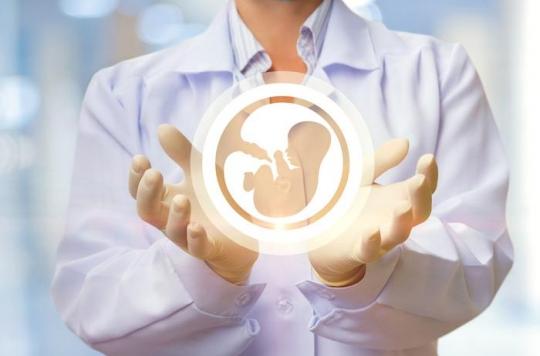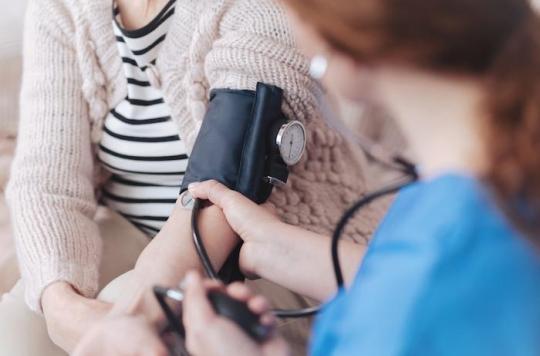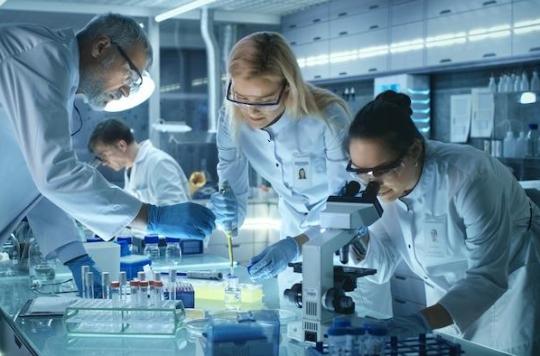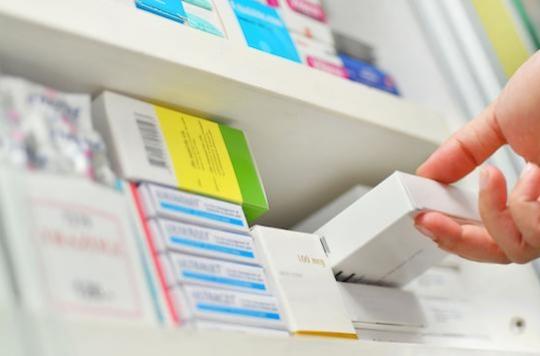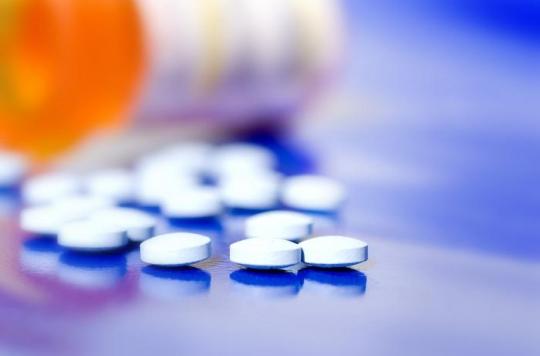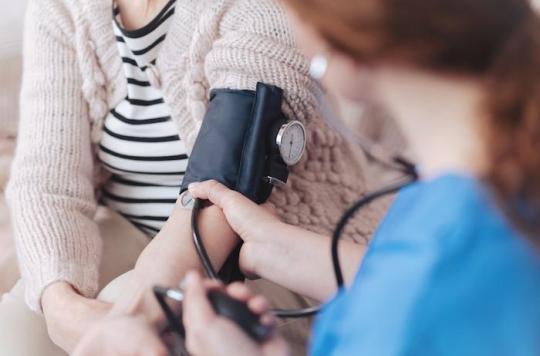The American Heart Association and the American College of Cardiology recommend that patients with hypertension (hypertension) have their check-up at home, while continuing to be monitored by a healthcare professional. More efficient, this technique also makes it possible to save on care.

L’American Heart Association, associated withAmerican College of Cardiology, publishes some recommendations for people with high blood pressure.
Checking at home avoids false measurements
Based on the results of a pilot study presented during the Joint Hypertension 2018 Scientific Sessions (a scientific program that lasts for three days), monitoring your blood pressure at home improves hypertension control. This makes it possible to avoid what is called “thewhite blouse effect “, that is, when a patient’s blood pressure rises because they are in a stressful medical environment.
It also avoids themasked hypertension, which actually means the opposite effect: blood pressure is abnormally high at home but the doctor does not detect anything. Thus, the data measured at home is not distorted. However, the patient must continue to be followed by his doctor.
Home controls are not democratized enough
To reach this conclusion, Roy R. Champion, lead author of the study, relied on a campaign in which 2,550 patients witharterial hypertension were given blood pressure monitors to control themselves independently. Patients had to see their doctor in order to be prescribed a treatment adequate.
Result: at the sixth visit, 60% of patients were able to control their blood pressure. Six months after the experiment, they were 80%. However, Roy R. Champion regrets that home control is not democratized enough. He found that less than one in five providers included home blood pressure monitoring in patient documentation.
Save money
In addition to its health benefits, home control saves money. Although the device to take the measurements costs an average of $ 38.50, patients pay significantly less for visits to the doctor. Also, this reduced the costs associated with emergency services, but also to drugs.

.







